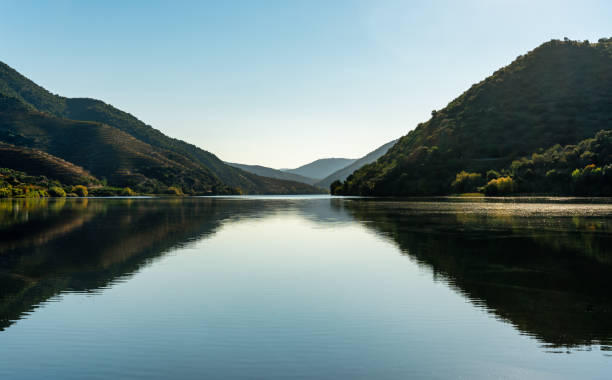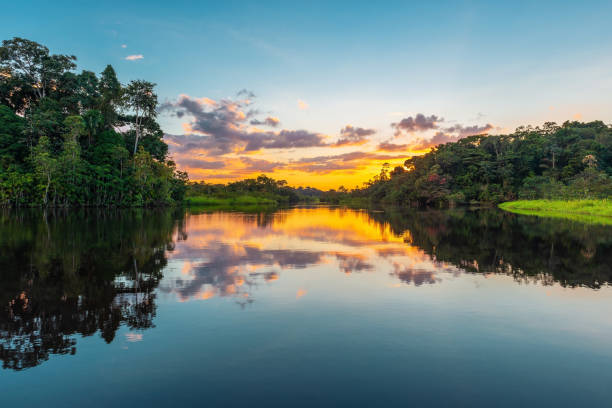
Traditionally, the Nile was considered the longest river in the world, but recent information suggests that the Amazon is longer. This may depend on how the river is treated near the island of Ilha de Marajo, located at the mouth of the Amazon, and on whether it is considered part of the Tocantins River or part of the Amazon.
Nile
The Nile is one of the longest rivers in history and has many legends and myths attached to it. One of these stories is that baby Moses was sent down the river in a basket. The Ancient Egyptians and Nubians lived and thrived on the river, and trade in eastern Africa was made possible by the Nile. Cruises on the Nile have been popular for centuries, and offer travelers beautiful scenery and the chance to see some of the world's largest pyramids.
The Nile is formed by three main streams, which originate in Africa. The first, the Blue Nile, flows from the highlands of Ethiopia and the second, the Atbara, flows from the highlands in South Sudan. The third and fourth streams join at the mouth of Lake Nasser, where they form the White Nile.
Amazon boasts of being the second longest river on earth at 3,976 miles. It is the second longest river in the world and by far the biggest by waterflow with the average of a discharge higher than the next seven largest rivers together. Due to its immense size, it is able to account for at least one-fifth of the flow around the globe. The Amazon flows through the following countries: Brazil, Peru, Bolivia, Colombia, Ecuador, Venezuela, and Guyana. The river is so large and strong that it can't be crossed with an overpass. The Amazon's mouth could discharge as much as 8 trillion gallons of water per day. This river is approximately 150 feet deep.
Amazon
During the dry season, the Amazon River is only about four miles wide, but during the wet season, the river is ten miles wide and flows for 48 kilometers. The Amazon has a complex network of natural canals that run throughout its length. The water flows at a speed of four to five miles per hour.
The Amazon River flows through several countries in South America, including Brazil. It is the largest river in the world by volume, carrying nearly four times the amount of water as the next five largest rivers combined. Indigenous peoples live along the river plays a central role in their cultures.
Yangtze
The Yangtze River is one of the longest rivers in the world. It drains nearly one million square kilometers and is the longest river in Asia. Its name, Chang Jiang, means "long river" in Chinese. It also appears on modern maps in English. The Yangtze starts in the Jianggendiru Glacier in the Qinghai-Tibet Plateau. From there it flows to the East China Sea.
The river's elevation fluctuates considerably as it flows through the mountains. It starts at a high elevation of about 16,000 feet and descends more than 17,000 feet over its first 1,600 miles (2,600 km) of river. In many places, the river's elevation drops to two miles (three kilometers) below sea level.

Ob-Irtysh
The Ob-Irtysh river is the longest in the world, with a total length of 5,410 kilometers. It is a tributary of the Ob river and begins in the Altai Mountains in China. From there it flows through Kazakhstan and the West Siberian Plain. Eventually it reaches Khanty-Mansiysk in Siberia, where it meets the Ob river.
The Ob River serves as a major navigable waterway in Russia, facilitating trade between major cities and prime agricultural regions. It is used to transport industrial goods and agricultural produce. The river is home to several oil fields in Siberia, and a significant number of industrial centers are located along its banks. It is also a major source of water for agriculture, which is especially popular in steppe zones along the river.